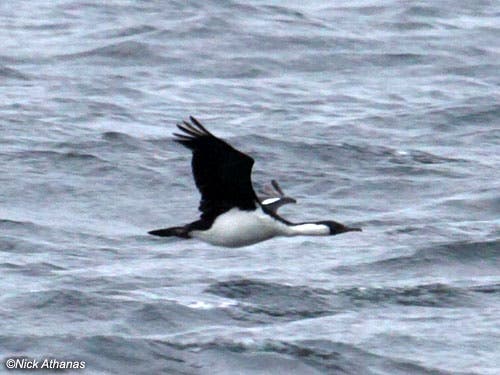A camera attached to a South American seabird allowed scientists to directly observe its dive-and-feed techniques for the first time. The video below explains this exact process, and it’s absolutely stunning!
Researchers from the Wildlife Conservation Society mounted a small camera on the back of an imperial cormorant in Punta León, a coastal protected area in Argentine Patagonia. The imperial cormorant (or king cormorant, or imperial shag) is native to many subantarctic islands, the Antarctic Peninsula and southern South America, primarily in rocky coastal regions, but locally also at large inland lakes. Not many things are known about this species; as a matter of fact, even the species-limits within this group remain unresolved.

The WCS footage shows the bird diving underwater, pumping its wings to dive deeper and bobbing its head in the process. It reaches the shadowy ocean floor 150 feet (45 meters) below the surface in 40 seconds and begins searching for food. It takes the bird about 80 seconds to find a small snakelike fish and return to the surface.
Overall, the species is not considered endangered, but due to small ranges and relatively small populations, they are highly susceptible to pollution and climate changes, and chance events such as storms. More than 7,000 imperial cormorants live in Punta León, and the WCS explains that understanding how the birds feed will help identify and protect feeding areas.
Was this helpful?



